Am I allowed to change a seat to Forward Facing when the child is under 1?

Please read this article to get an understanding of the ACRI networks best practice guideline on the issue of when it is best to transition a child to the next child safety seat stage. Let’s be clear from the start – Age is not a factor in your decision, every child grows differently and although there is a clear defining age when you shouldn’t turn a child to forward facing there is no clear defining age a parent should turn a child to forward facing.
Now the question whether you are allowed to fit a safety seat in forward facing position, is a different question to ask that if you should be fitting a safety seat in forward facing position for a child under 1 – so let’s have a look at both.
Am I allowed to change a seat to Forward Facing for an under 1?
Short Answer: Legally speaking, yes as long as the following is met;
- The child meets the minimum markers outlined by the manufacturer of the child seat to be forward facing
- Padding or rearward facing only seat padding is not used to elevate the child to meet those minimum markers
- The child meets the minimum age of the restraint to be forward facing as outlined in the restraints manual, if none is stated then the minimum travel allowance permitted by road rules is 6 months
Now it is important to note that this is not the best practice that an ACRI member should employ so let’s look at the “should”.
Should I move a child safety seat to Forward Facing for an under 1?
Best Practice: As noted in the article linked at the very start of this page, the ACRI network has always recommended that any child should continue to travel in any restraint type, including booster seats, until they reach the maximum marker or limit of that product. However, there could be circumstances at play that could result in a member rightly concluding to turn a child to forward facing earlier than we would normally encourage, and as a responsible safety seat technician you will need to analyse those factors in every individual case. No two children, circumstances, seat and vehicle combinations are ever the same – and as a safety expert the onus falls onto your shoulders to lead your clients to the safest possible outcome.
There are 4 areas of play that we need to discuss briefly
The Parent/Carers agenda
Understanding what the parent/carers motive is to change the seat to forward facing could be the determining factor in this scenario, and show you immediately what the outcome will be and how to present it.
This is the very first thing your mind needs to analyse, because if the parent is doing this for any reason other than what they believe is a safety aspect then there can only be two outcomes;
- They need to be shown why it’s best practice to wait, as they simply don’t understand OR
- They will want to manipulate the situation to get the outcome they desire.
It’s important to understand some people can want their child forward facing before the child is really ready for it, due to the strangest of reasons – but some are genuine safety concerns, for example;
- The child may actually be so uncomfortable in rearward facing that they are now screaming every moment they are in the safety seat, and now become a distracting hazard to the driver – at all times. This can be horrendously dangerous
- The child may have medical conditions that are exacerbated by being in a rearward facing safety seat
There are surprisingly many reasons that members are presented with which could be totally reasonable to fit a safety seat forward facing earlier than the maximum limit outlined by the manufacturer – and certainly not illegal. So discuss this with your client to hear their reasons, this will help you make a conclusion.
Analysing what is the best outcome
After discussing the desired outcomes with your client you can now see if there are any factors at play that you feel justify turning the safety seat around earlier than what the maximum limit of the seat are, and if you conclude it a reasonable request then there is nothing legally preventing you – assuming the legal limits are met – from performing the installation. Continue reading though to follow best practice.
Presenting the best outcome to the parent/carer
This is where transparency and integrity come into play, and politics is your best friend. Your role is to provide the best service possible to your client, giving them as much relevant information as reasonably possible to make an informed, educated decision. It is not your role to make the choice for your client, but to educate them as best as possible to make a good decision – however you can and should choose not to perform any installation you do not feel comfortable with.
Whatever conclusion you and your client come to, your ability to present/deliver information will have an effect on your clients decision – so be careful. This is probably the most important step – communication!
Protecting yourself legally
If you have decided to turn a child forward facing prior to when the child has reached the maximum limit of the product in rearward facing, at the parent/carers request, then to protect yourself it is a good idea to place a caveat clearly on the logging document your client signs at the conclusion of your install. It is fine to have this hand written, and your wording should be something like;
“The parent/carer has requested the safety seat be fitted in Forward Facing, and takes full responsibility of all outcomes understanding we recommend a child remains rearward facing for as long as the child safety seat allows”
This is a mouthful, but it put’s the power and responsibility clearly where it needs to be – In the parent/carers hands.
NB: This site contains information intended only for the person on the ACRI membership list and is subject to legal privilege. Any duplication or copy, even in segments, infringes on copyright

